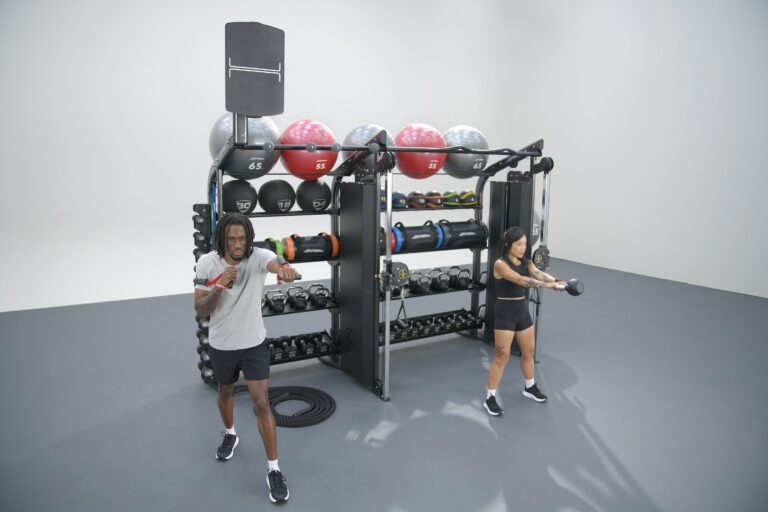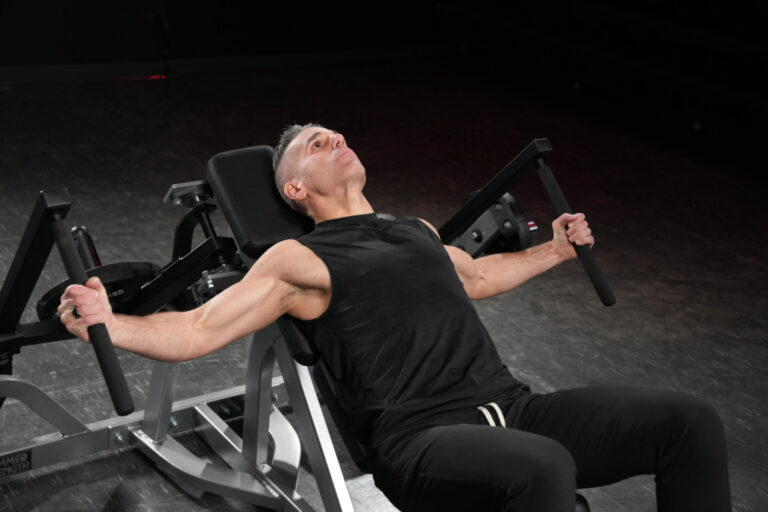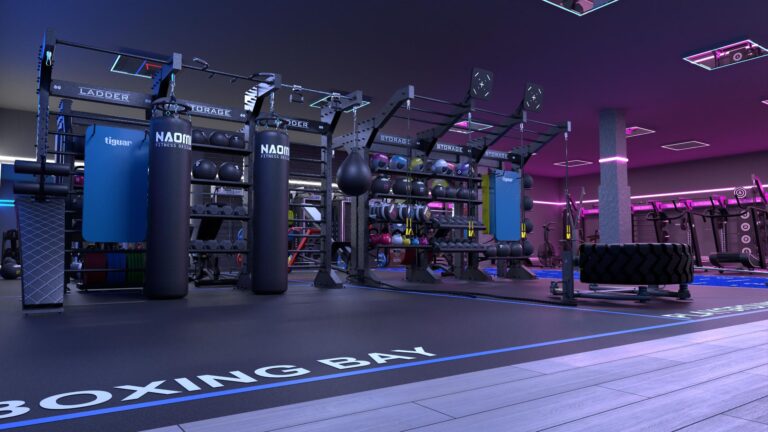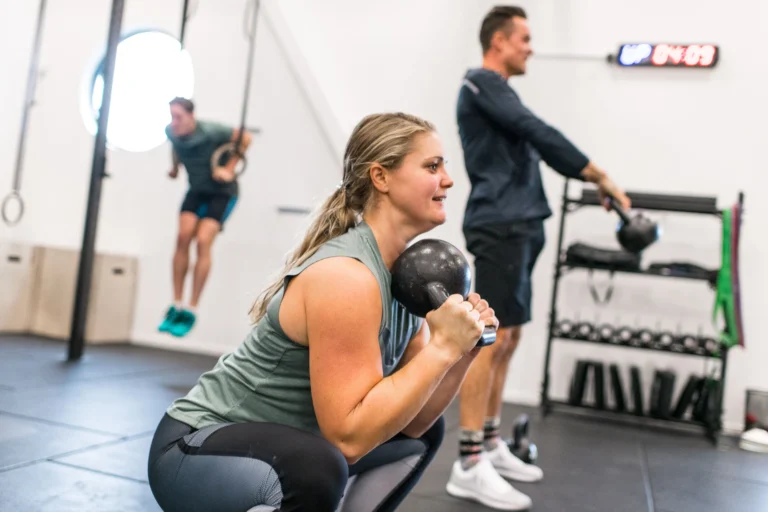Hand Positioning – 3 Reasons You Should Adjust Your Hand Position

Introduction
In the world of strength training, we perform lifts or exercises to provide stress on the mind and body with the hope that it will create the change we desire. Typically, we are taught a specific, or ideal, movement pattern that makes the lift or exercise “right”. While to a degree this is necessary, it can often cultivate the sense of failure when we cannot achieve that “right” movement, and even set us up for injury. Unfortunately, the two main reasons people stop their exercise program is arguably due to injury and/or boredom.
One of the simplest ways to help overcome both injury and boredom is to manipulate your position and/or actions of your exercises. A simple example is changing your hand position on exercises like a ‘pull-up’. Anytime we change the hand position we will also effect the arm, and/or body as well. We all know that pull-ups are typically performed on a straight bar with an overhand grip. When we use an underhand grip, it’s called a ‘chin-up’. But there are numerous other hand, arm, body positions that can be used such as:
- combination grips of one hand over- the other under-handed
- shoulders parallel to the bar or perpendicular to the bar
- hands closer or wider apart
Here are 3 reasons why you should adjust hand, arm, and/or body position.
#1 Progression
While there may be an ideal version of every exercise, not everyone will have the ability to achieve this version from the start. However, when we are provided with the ability to progress into this ‘ideal’, more people can have success from the start. When people feel like they are succeeding, they grow more confident and more likely to keep training. When we are sustaining our training, we are gaining – mentally, emotionally, and physically.

Let’s use the pull-up as an example for progressions. Progressions can come in a number of ways depending on your ability level, environment, and equipment. If you have never performed a pull-up before, or your shoulders (rotator cuff) have a history of weakness or injury, the overhand and/or wider grip pull-up may not be the best place to start. By bringing the hands in closer to the body and/or using an under-hand grip (chin-up), you will take some pressure off the shoulder/rotator cuff and increase your likelihood for success. As you gain strength in this movement, you can gradually move hands a bit wider and progress into a neutral grip and then overhand grip as well. The neutral grip on a straight bar will require your shoulders to be perpendicular to the bar.
For those who have Eleiko’s adjustable handles, the progression sequence becomes very easy. Not only do the handles swivel to allow for over-, neutral, and under-hand positions, but various positions in between. Furthermore, the width of the handles is adjustable in 22-degree increments allowing you to systematically adjust both the width and hand position as needed and desired with a flick of a lever. A simple, methodical progression when using the adjustable handles is as follows:
- Narrow grip (hands close together), start with underhand position, move to semi-underhand (half way between underhand and neutral), then to neutral-hands (palms facing each other)
- Semi-narrow grip (between 0-90-degrees), moving from under-, to semi-under, to neutral, to over-hand position
- Semi-wide grip (between 90-180-degrees), moving from under-, to semi-under, to neutral, to over-hand position
If you have elastic bands available to you, these can be extremely helpful as well. Elastic bands anchored to the bar or handle and placed under the foot or feet will provide assistance in pulling up. In essence, it is decreasing the amount of load/weight your muscles have to move, which allows you to perform the movement whilst minimizing compensations.

#2 Decrease Risk of Injury
Most injuries from strength training result from repetitive overuse and improper progressions, which result in placing too much stress on muscles and tissues that are not prepared to do the job they’re being asked to do. Looking at a pull-up, when we are able to change our hand position we can avoid both, and we just discussed progression above.
Repetitive overuse, as the name implies, is doing the same thing over and over and over. When addressing this concern, it helps to have a little anatomy background. Our bodies are one large bag of many different tissues. Everything is connected. This means that our hands (fingers and thumb), which grab the bar or handles for a pull-up, are intimately connected via muscles, fascia, bones, nerves, blood and lymph vessels to the wrist, elbow, shoulder, and torso. Anything we change at the hand will effect each of these other areas.
While proper progression (discussed above) effects the mechanical elements of the pull-up helping us to use better technique, etc., changing hand position also effects the tissue element. By varying our hand position as we perform the pull-up over weeks or months, we decrease the amount of stress placed on the same line of tissue. This allows our bodies to better recover and repair, which decreases the risk of overuse and ultimately injury. This is vital for reducing elbow and shoulder injuries that can keep us from sustaining our training, and thus not gaining.
#3 Variety
Boredom often comes from lack of variety. Many people get bored with their training programs because they feel stagnated. Adding variety to your training is like adding spices to your food. It can make all the difference in the world. Having the ability to modify exercise on demand making them ‘different’ not only helps our bodies, as discussed above, but it also helps our mental and emotional outlook. Our mental and emotional outlook is every bit as important as the physical aspects for keeping us on track and into our training.
Variety can also make traditional exercises more attractive to many people. Whether using a straight barbell or Eleiko’s specifically designed adjustable handles, creating variety in how pull-ups are performed is essential to continued growth and performance. By using adjustable handles, you are able to generate as many pull-up variations as you want whilst gaining the benefit of decreasing the risk of injury regardless of your ability level.
Source: https://eleiko.com/en/stories/hand-positioning









